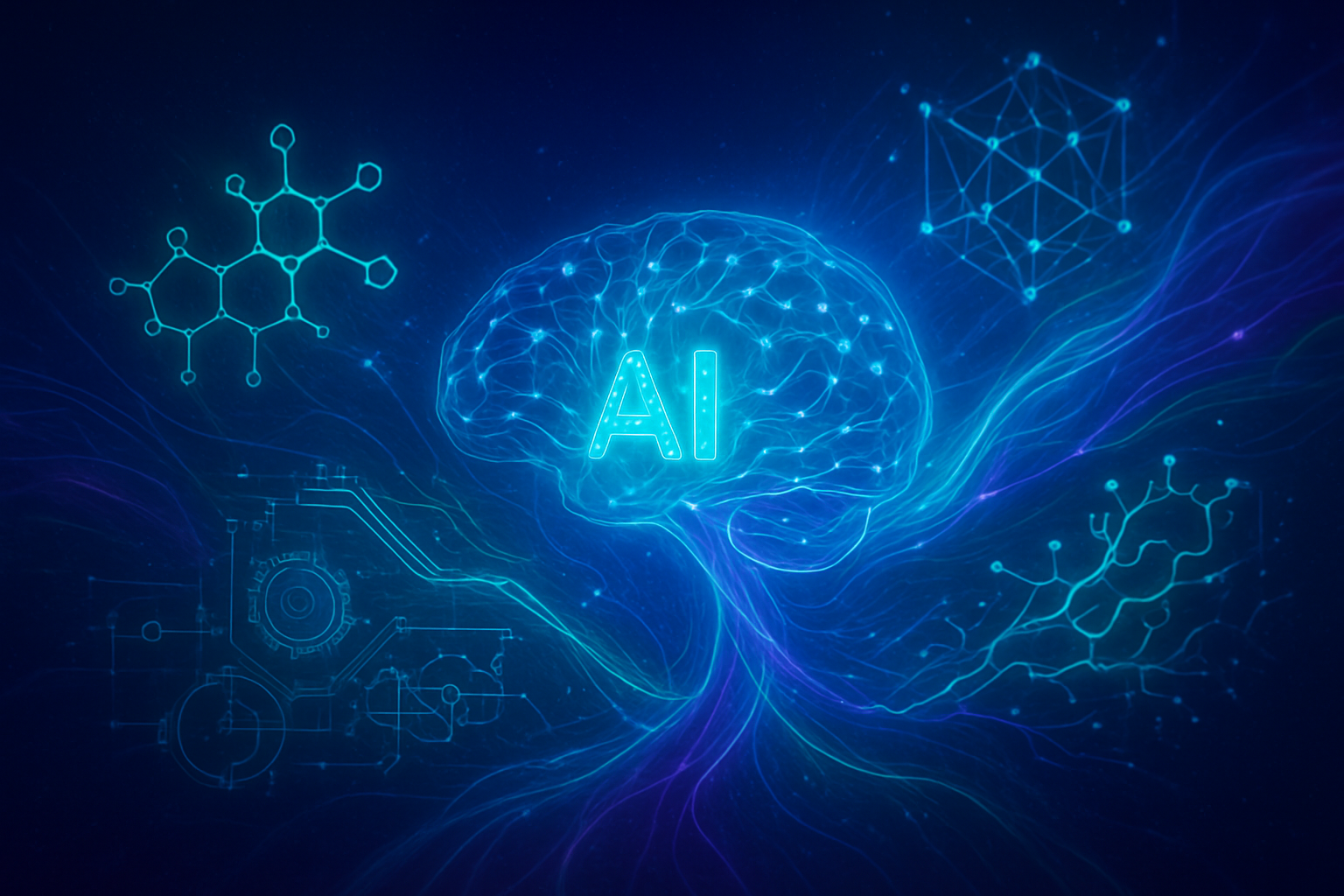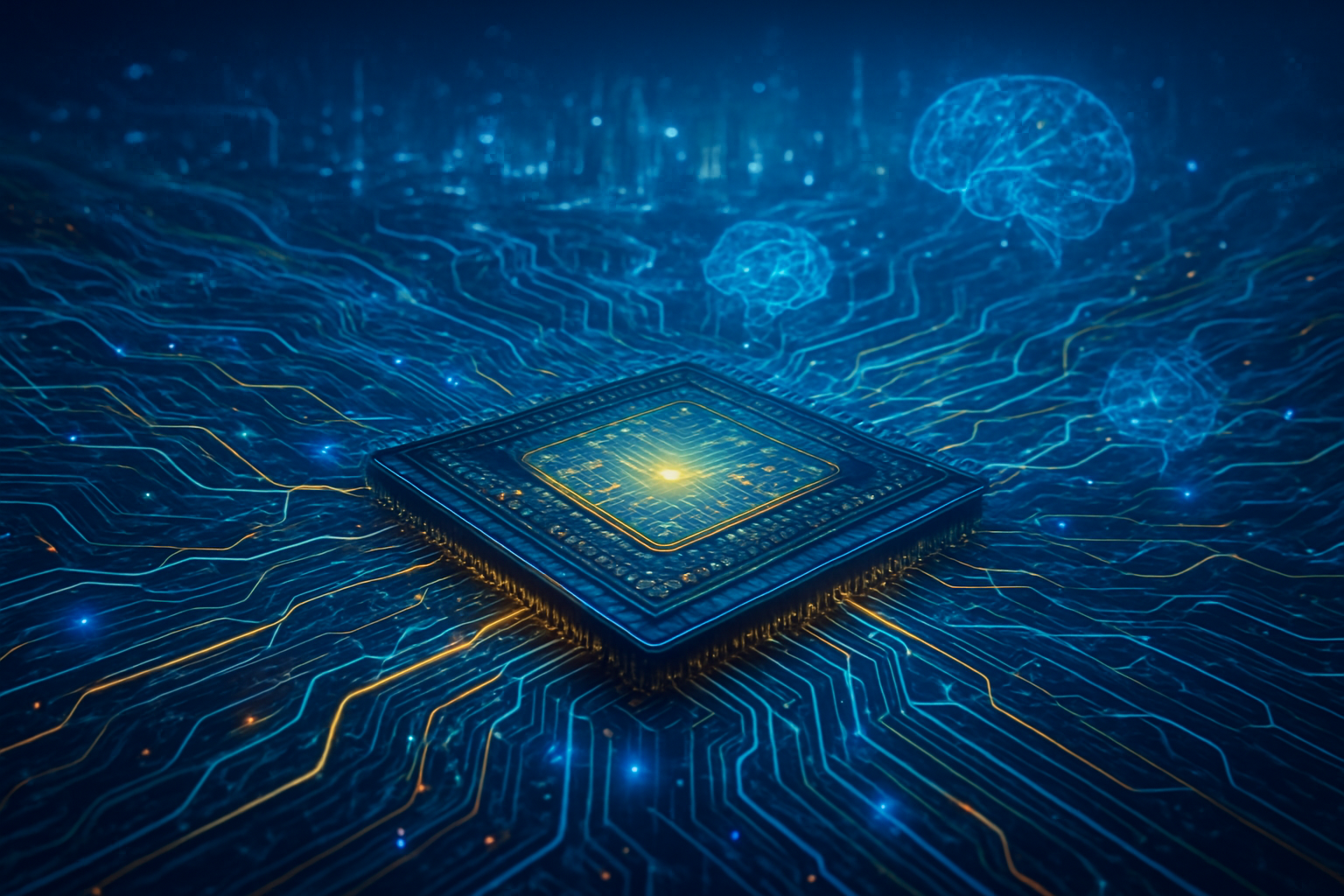As the global geopolitical landscape continues to evolve with unprecedented speed, the role of cutting-edge technology in national security and defense has never been more critical. The upcoming 4th Annual Northeast Indiana Defense Summit, slated for November 11-12, 2025, is poised to be a pivotal forum where leaders, policymakers, and industry experts will delve into the transformative impact of emerging technologies, including Artificial Intelligence (AI), advanced cybersecurity, and sophisticated surveillance systems. This gathering is expected to underscore Indiana's growing significance in bolstering America's defense industrial base and shaping the future of warfare, particularly in the face of intense technological competition.
The summit's agenda, building on themes from previous years, is expected to emphasize the strategic imperative for the United States to maintain its technological edge. Discussions will likely revolve around leveraging these innovations to enhance military readiness, streamline operations, and develop next-generation capabilities essential for national security. The focus will not merely be on incremental improvements but on foundational shifts driven by AI and its related domains, promising a new era of defense where data-driven insights and autonomous actions play a central role.
The Technological Vanguard: AI, Cyber, and Advanced Surveillance Redefine Defense
The advancements in AI, cybersecurity, and advanced surveillance represent a paradigm shift from traditional defense methodologies, offering capabilities that were once the realm of science fiction. These technologies empower defense agencies to operate with unparalleled speed, precision, and efficiency across multiple domains.
Artificial Intelligence (AI) in Action: AI is rapidly reshaping intelligence gathering, autonomous operations, and strategic decision-making. In intelligence, AI algorithms now process exabytes of data—from satellite imagery and global communications to social media—at speeds unattainable by human analysts. This enables rapid pattern recognition, anomaly detection, and target identification, significantly enhancing situational awareness. Project Maven, for example, aims to integrate AI tools into intelligence systems for object recognition and tracking. Autonomous systems, from unmanned aerial vehicles (UAVs) and robotic ground vehicles to " loyal wingmen" and drone swarms, are performing reconnaissance, logistics, and even combat operations with reduced human intervention, especially in high-risk environments. Lethal Autonomous Weapon Systems (LAWS), while ethically debated, are already deployed in defensive capacities like the Iron Dome, and their offensive capabilities are rapidly advancing. For decision-making, AI augments human commanders by providing real-time, data-driven insights, optimizing mission planning, and predicting equipment failures, thereby accelerating the military decision-making process. Unlike previous static, rule-based systems, AI's ability to learn, adapt, and operate at scale marks a fundamental departure, enabling proactive defense against evolving threats.
Cybersecurity's Evolving Shield: Modern cybersecurity has transcended simple perimeter defenses, embracing dynamic and predictive strategies. AI and Machine Learning (ML) are now foundational, powering platforms that analyze billions of data points in real-time to detect subtle threat patterns and anomalous behaviors, often identifying stealthy attacks missed by human analysts. Systems like Microsoft's (NASDAQ: MSFT) Security Copilot leverage Large Language Models (LLMs) to summarize incidents and generate response scripts, drastically reducing investigation times. The "Zero Trust Architecture" (ZTA) paradigm assumes no entity, inside or outside the network, is inherently trustworthy, requiring continuous verification and least privilege access. This contrasts sharply with older, perimeter-focused models and is vital for securing dispersed, cloud-based operations. Furthermore, Cyber Threat Intelligence (CTI) is moving beyond reactive analysis to provide early warnings and proactive defense by understanding adversary tactics, techniques, and procedures (TTPs). Looking ahead, Quantum Cryptography (QC) and Post-Quantum Cryptography (PQC) are emerging to "future-proof" sensitive communications against the existential threat posed by future quantum computers, a significant leap from current encryption methods vulnerable to quantum attacks.
Advanced Surveillance Systems: Surveillance has evolved from static cameras and human observers to complex digital networks leveraging AI and advanced sensors. AI-powered systems provide real-time monitoring and anomaly detection across vast data streams from CCTV, drones, and satellites. Facial recognition and other biometric technologies (like gait recognition) rapidly identify individuals in diverse environments, crucial for border control and counter-terrorism. Autonomous drones and unmanned systems offer high-precision reconnaissance and intelligence gathering, even collaborating in swarms to cover large areas. This represents a massive leap from traditional, human-intensive surveillance, offering automated analysis and predictive capabilities that significantly increase coverage and efficiency while reducing human resource needs.
Reshaping the Defense Industrial Complex
These technological advancements carry profound implications for the defense industrial complex, influencing established giants, tech behemoths, and agile startups alike.
Traditional defense contractors such as Lockheed Martin (NYSE: LMT), Raytheon Technologies (NYSE: RTX), and Northrop Grumman (NYSE: NOC) stand to benefit immensely, provided they effectively integrate these emerging technologies into their existing platforms and develop new solutions. Their long-standing relationships with defense agencies and expertise in complex systems position them well to become prime integrators of AI, cyber, and surveillance capabilities. The competitive landscape, however, is being reshaped by tech giants like Microsoft (NASDAQ: MSFT), IBM (NYSE: IBM), and Google (NASDAQ: GOOGL) (through its various government and defense initiatives), which bring deep expertise in AI, cloud computing, and cybersecurity. These companies are increasingly vying for lucrative defense contracts, offering advanced software and data analytics solutions that complement traditional hardware.
This shift also creates significant opportunities for specialized AI and cybersecurity startups. These agile firms, often with groundbreaking intellectual property, can disrupt existing product lines by offering innovative solutions that are faster, more efficient, and more adaptable. Partnerships and acquisitions between large defense contractors and these smaller, innovative companies are becoming increasingly common, as larger entities seek to rapidly acquire cutting-edge capabilities. The market positioning will increasingly favor companies that can demonstrate robust, secure, and ethically sound AI and cyber solutions, leading to a race for talent and intellectual property in these critical areas.
Broader Implications and Ethical Crossroads
The integration of AI, advanced cybersecurity, and sophisticated surveillance systems into national defense extends far beyond technological upgrades; it signals a fundamental reorientation of military doctrine, geopolitical power dynamics, and societal norms.
These developments fit into a broader AI landscape characterized by intense global competition, particularly between the U.S. and adversaries like China, to achieve AI supremacy. The ability to leverage these technologies effectively will determine future military advantage and influence global stability. The impacts are vast: from more precise and efficient military operations to potentially reducing human casualties in combat scenarios through autonomous systems. However, this also ushers in significant concerns. The ethical implications of Lethal Autonomous Weapon Systems (LAWS) are paramount, raising questions about accountability, the dehumanization of warfare, and the potential for unintended escalation. Advanced surveillance systems, while enhancing security, pose considerable risks to privacy and civil liberties through mass data collection, facial recognition, and potential for misuse or discriminatory practices. Cybersecurity ethics also come into play, balancing the need for robust defense with the protection of individual privacy and the complexities of offensive cyber operations. These developments demand robust policy frameworks, transparent governance, and international dialogue to ensure responsible and ethical deployment, aligning with democratic values and human rights.
The Horizon: Anticipating Future Developments
The trajectory of AI, cybersecurity, and advanced surveillance in national security points towards even more sophisticated and integrated systems in the near and long term.
In the near term, we can expect deeper integration of AI across all military functions, leading to more autonomous decision support systems and highly resilient, self-healing cyber defenses. The maturation and widespread deployment of Zero Trust Architectures will continue, becoming the standard for securing critical infrastructure. Post-Quantum Cryptography will move from standardization to widespread implementation, securing data against future quantum threats. Long-term developments could include fully autonomous and adaptive swarms of air, land, and sea systems capable of complex collaborative missions; advanced human-machine teaming where AI acts as an intelligent co-pilot in every aspect of defense; and potentially even quantum internet for ultra-secure military communications.
However, significant challenges remain. Ethical governance of AI, especially concerning LAWS and surveillance, will require continuous debate and international consensus. Addressing the talent gap in AI and cybersecurity expertise within defense agencies is crucial. Ensuring the security and integrity of complex supply chains, which are increasingly targeted by adversaries, will be paramount. Experts predict a continued acceleration of these technologies, emphasizing the need for continuous innovation, robust testing, and a focus on resilience to adapt to an ever-evolving threat landscape.
A New Era of Defense: The Unfolding Story
The discussions anticipated at the Northeast Indiana Defense Summit on November 11-12, 2025, underscore a pivotal moment in national security. The convergence of AI, advanced cybersecurity, and sophisticated surveillance systems is not merely enhancing existing capabilities; it is fundamentally redefining the nature of defense, intelligence, and warfare itself.
The key takeaway is clear: technological supremacy in these domains is no longer an advantage but a necessity for national security. This development marks a new era, shifting the emphasis from hardware dominance to superiority in data, intelligence, and adaptive autonomous systems. The race for technological leadership is intense, demanding continuous adaptation, strategic investment, and a proactive approach to both innovation and ethical governance. What to watch for in the coming weeks and months includes further policy debates on AI ethics, new strategic partnerships between defense and tech sectors, breakthroughs in quantum computing and AI, and the practical implementation of these advanced systems in military exercises and deployments. The future of national security will be written by those who master these emerging technologies responsibly and effectively.
This content is intended for informational purposes only and represents analysis of current AI developments.
TokenRing AI delivers enterprise-grade solutions for multi-agent AI workflow orchestration, AI-powered development tools, and seamless remote collaboration platforms.
For more information, visit https://www.tokenring.ai/.









